Video Menu
My Favorite Videos
My Favorite Videos
David Lingmerth - Left Leg Impact Position
Sorry, you need to be a member to access this video.
You Are Just Seconds Away - Become a member here!
Already a member? Log in now
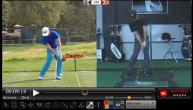
Congrats to David Lingmerth on his playoff victory at the 2015 Memorial tournament. Why is that we see so many golf professionals sustain swing related injuries year after year? Is it because golf instruction has always lacked one really important concept of protecting the body and it's joints? You betcha! In this video, I'll show you how a particular David Lingmerth impact position could lead to an injury down the road. I'll also show you the importance of neutral joint alignment in the golf swing and how it could save you from a possible hip or knee surgery.
- Watch determing proper stance width to define neutral joint alignment.
- Make sure your lead side does not go beyond NJA at impact. This can stress the hip and the knee.
Hey, hey everyone.
This is RST instructor Chris Tyler back again with this week's tour analysis.
Congratulations to David Lingmuth, who picked up a playoff victory over Justin Rose at the Memorial this past weekend.
A weekend fun filled with watching one of the best players to walk the planet here shoot 85.
So this week we're going to be doing something a little bit different here.
There's a particular position in David's golf swing that we'd like to see him get a little bit better.
Because a lot of amateur golfers struggle with some lead hip problems or some lead knee problems.
And if you've noticed that you've been struggling with the same area, I'm going to give you guys a little outline on what you can do to make yourself a little bit more efficient, a little bit more safe at impact.
So let's go ahead and get started.
All right, everyone.
So this week we're going to be focusing on a particular impact position that David has and one that we would like to see him work on and maybe get a little bit better.
Maybe give a little bit of outside perspective here because a lot of times amateur golfers or, you know, even golfers at a professional level struggle with lead hip problems and lead knee issues.
And you can put a lot of stress on those joints.
And so just taking a look at things here, it's going to be a pretty quick analysis this week.
Let me go ahead and show you David's impact position here with his lead knee.
So you're going to see him start to externally rotate his lead leg to pull the hips over to the lead side.
And then as we get down into the hitting area, you're going to notice that his lead knee is quite a bit out past the center of his ankle.
So you can see the center of the ankle being right here.
You see the lead knee, lots of trail side push getting him into this position.
So we expect the trail leg to help push a little bit in the downward move, but we really want mostly the move to be facilitated by that external rotation of the lead leg.
And then when the left knee and a lot of the weight starts to transfer into this lead side, What we would be looking to do is driving that heel into the ground.
Working to clear your hips by using your left obliques to pull the hip away from the target.
Now that movement alone by pushing down into the ground is going to act kind of like a piston.
And then the clearing of the hip is going to now move the left leg to a more of a straight position.
But what I want you to think of is it as it being a passive straight position.
We don't want you to slam it to a straight position.
That's one of the big misnomers of the golf swing.
So if you look over here from a model swing perspective in transition, you're going to see the same sort of movement here from the lead leg.
You're going to see a lot of external rotation right here.
So there's the external rotation.
But now the big difference is is once the weight gets over into the lead side and the hips and knees are now back to more of a square position, this is where that posting up, what you're going to hear is a very common expression around the website.
This is where that's going to start to happen.
So through these next few frames, there's a lot of pushing down into the ground with this lead heel.
And this lead hip is now being cleared with the left obliques, and then back into an impact position where we have more of a stacked up appearance.
So you can see that having these joints stacked on top of each other is not going to put a lot of pressure on the outside part of the knee and allow the hip socket to rotate like it's designed to do.
So really quick review this week.
Again, it's not one of those areas that we would like to see, you know, a playing professional, We still see a lot of golfers get into that position where they have their lead knee out past neutral.
And if you're unclear as to what I'm talking about in this particular, you know, this particular review, I would check out determining proper stance with video.
These are the videos that I recommend along with the tour analysis each week, it's going to be over to the right hand side of the video player underneath recommended videos tab.
Just click that all the videos that I mentioned throughout a review will populate over there.
And so we want to look at determining proper stance width, we'll talk about neutral joint alignment, what that actually means.
And then we have the straight left legged impact video.
It's a video where we talk about how to find or get your glutes to activate and how to use proper muscle groups.
To start to move that leg to a straighter position and help keep it in neutral joint alignment.
And then we have move three, the downswing, and we have five minutes to a perfect downswing.
Those videos are going to really talk about how we're going to use the lower body and get us into a good, safe and efficient spot.
All right, guys, so if you've been battling with some lead hip problems or some lead knee problems in the past, you definitely want to take a look at these videos, get things straightened out, and you'll be well on your way to playing efficient and safe golf.
Now let's make it a great








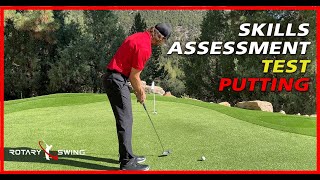


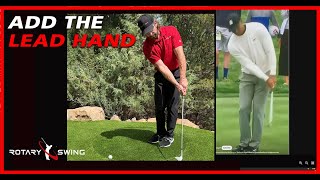


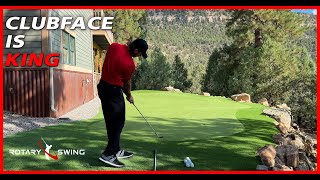








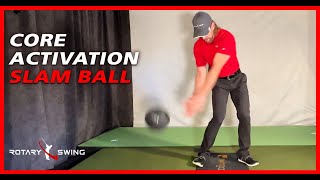





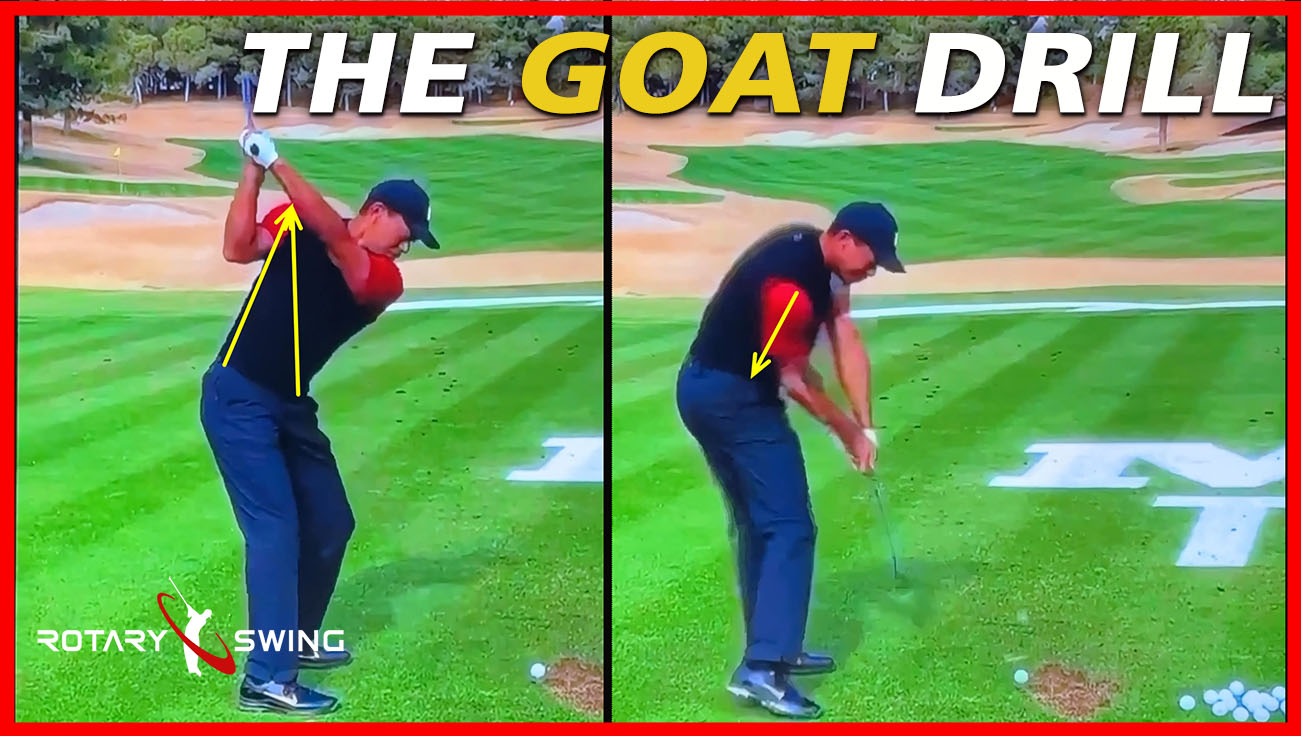


















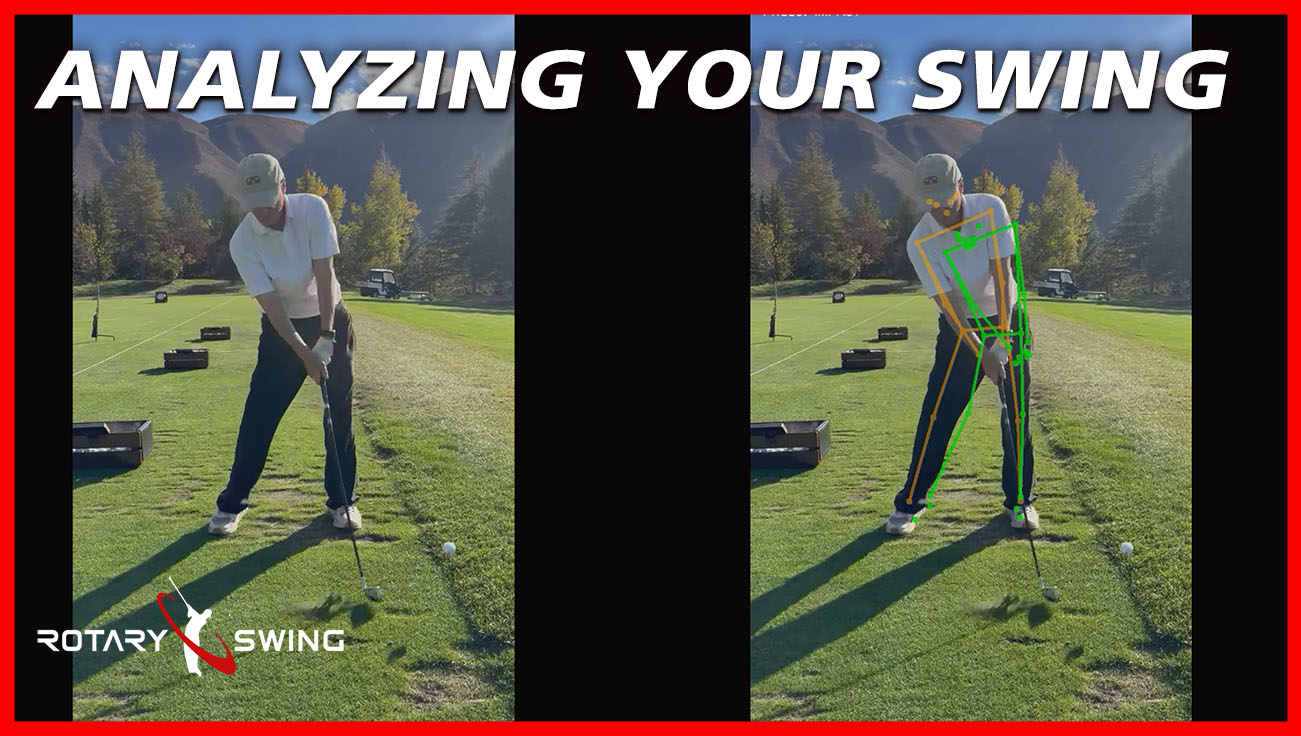







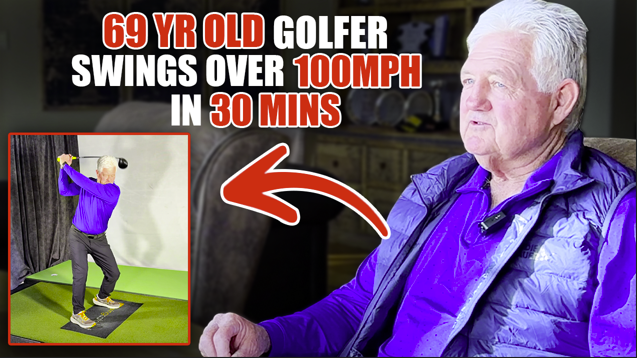
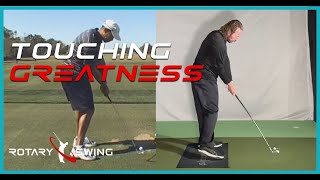





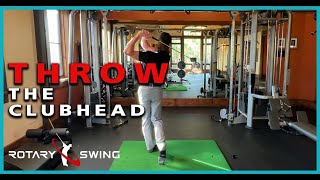







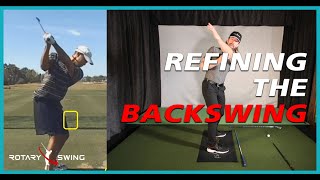







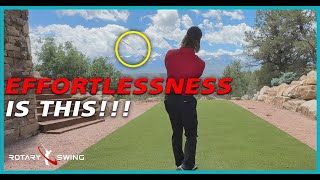
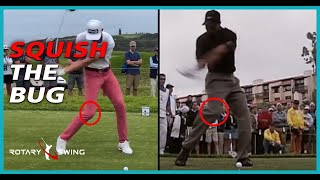
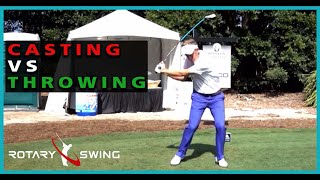



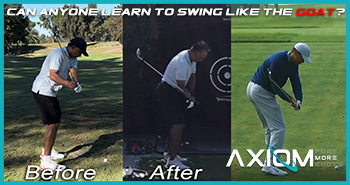


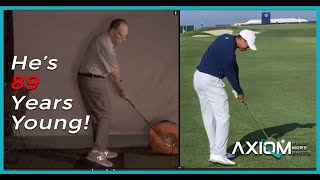



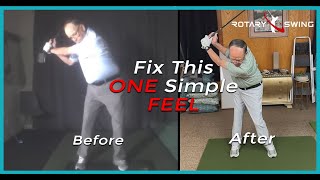











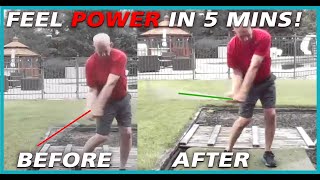


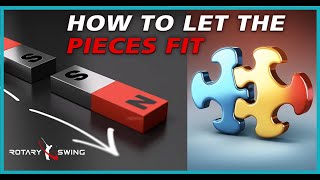

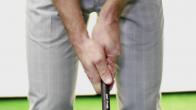




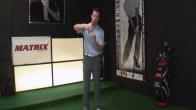











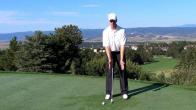

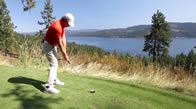



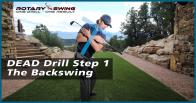

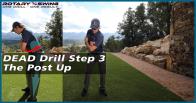










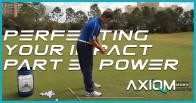











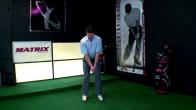



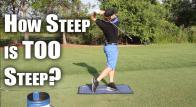


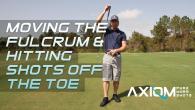



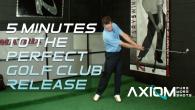

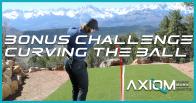






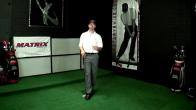









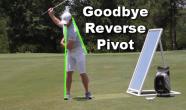





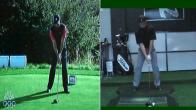



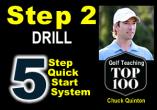






















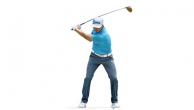
























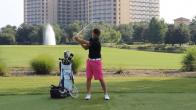








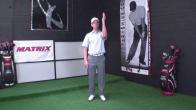




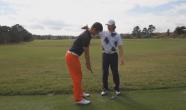





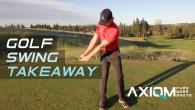









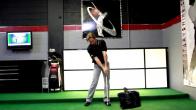



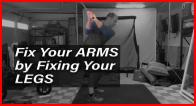


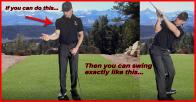




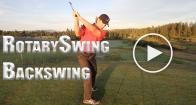

















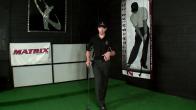





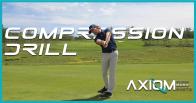
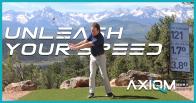
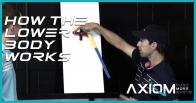












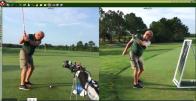






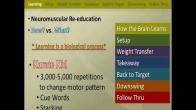
















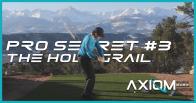

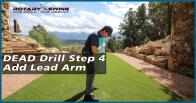


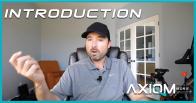

















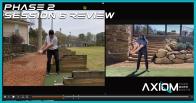







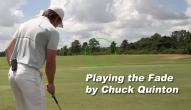











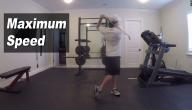

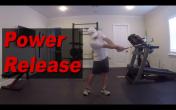
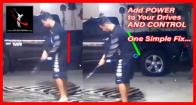


















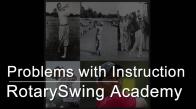



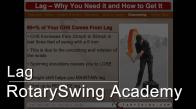



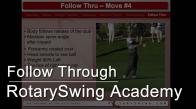






















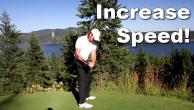



















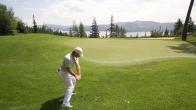





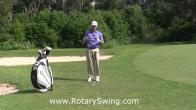



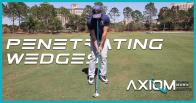







Lynn
Craig (Certified RST Instructor)
erik
Craig (Certified RST Instructor)
Martin
Chris (Certified RST Instructor)
Martin
Chris (Certified RST Instructor)
Ricardo
Craig (Certified RST Instructor)
Loran
Craig (Certified RST Instructor)
Seth
Chuck
RICHARD
Chuck